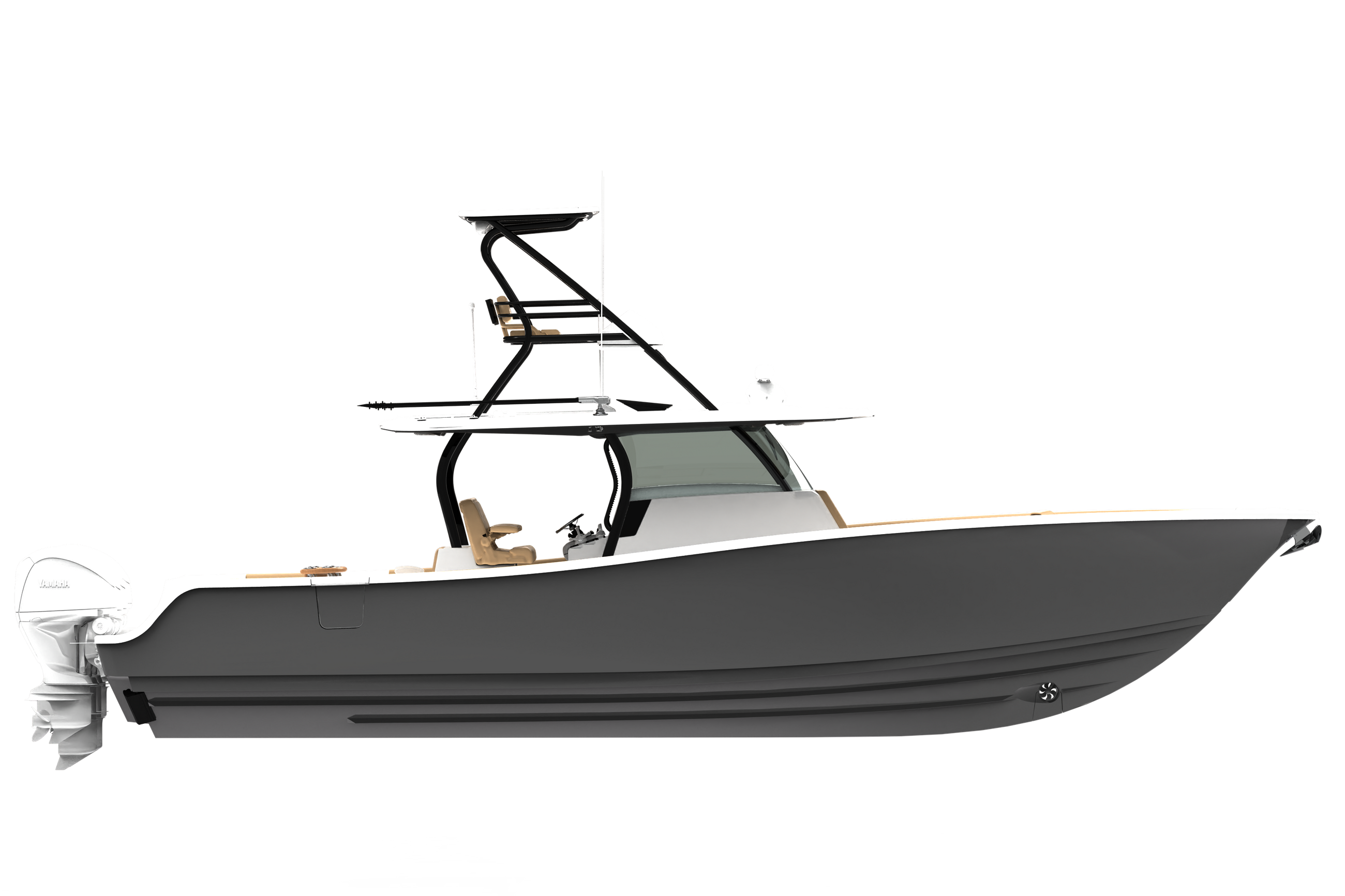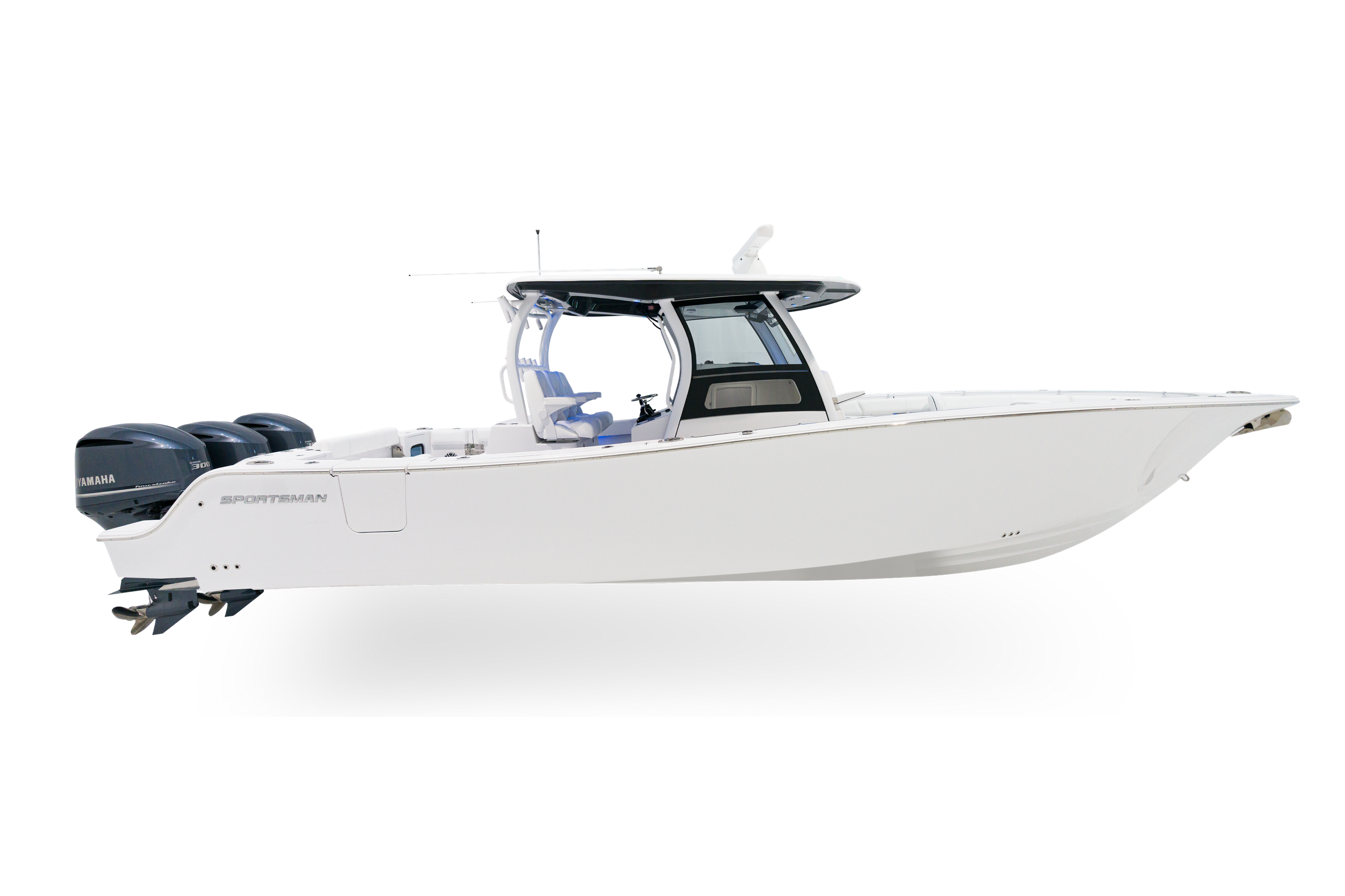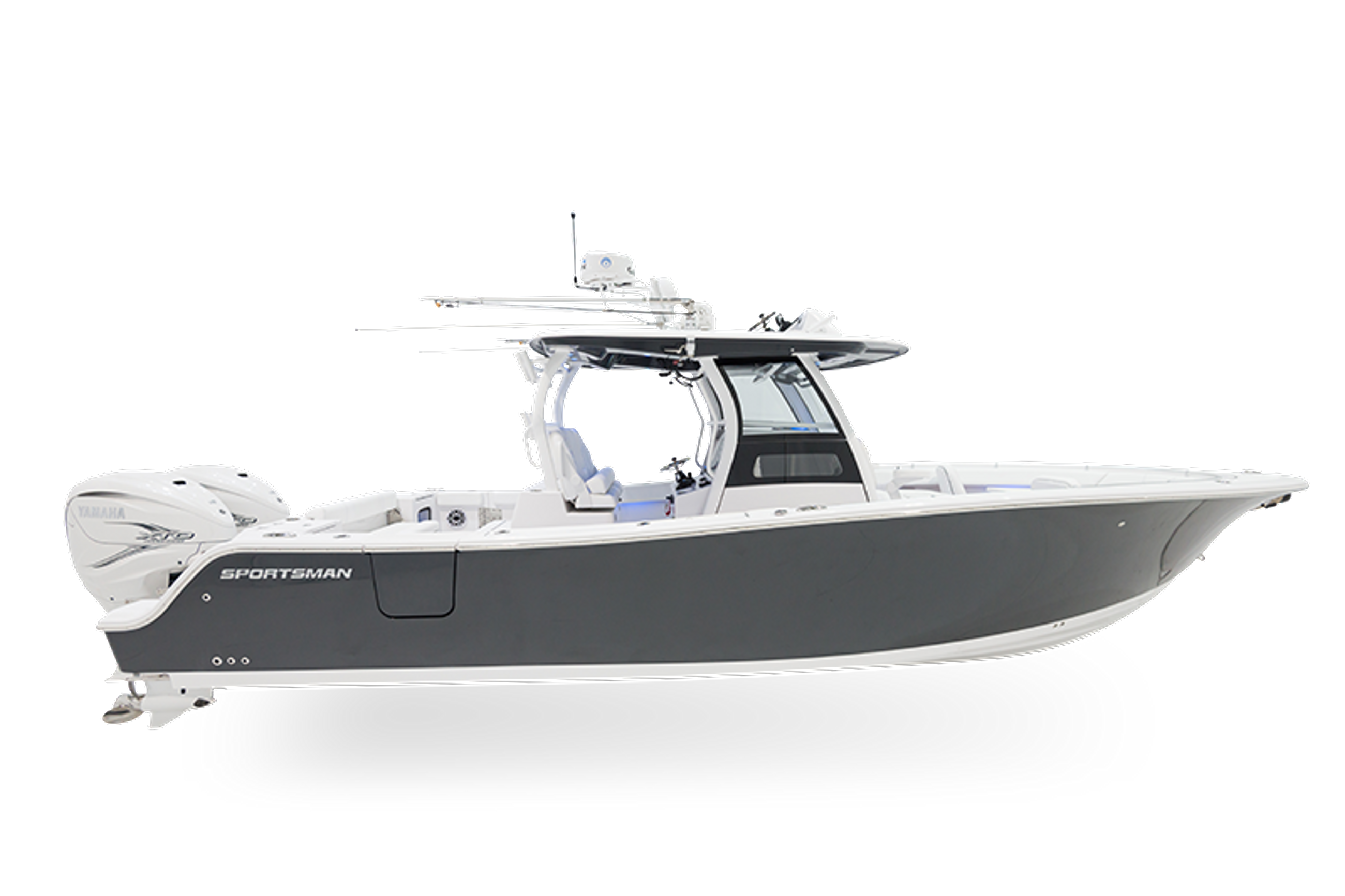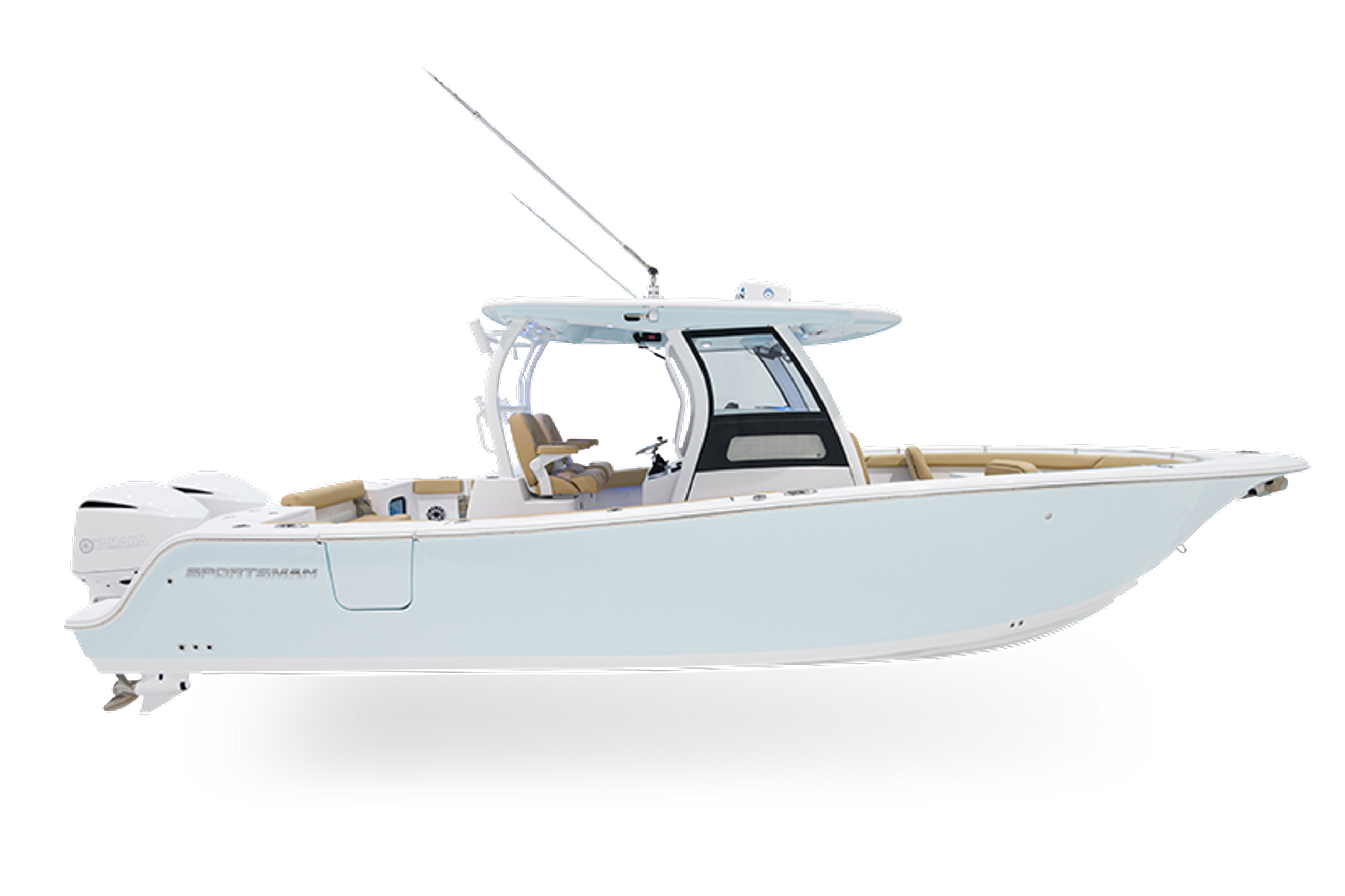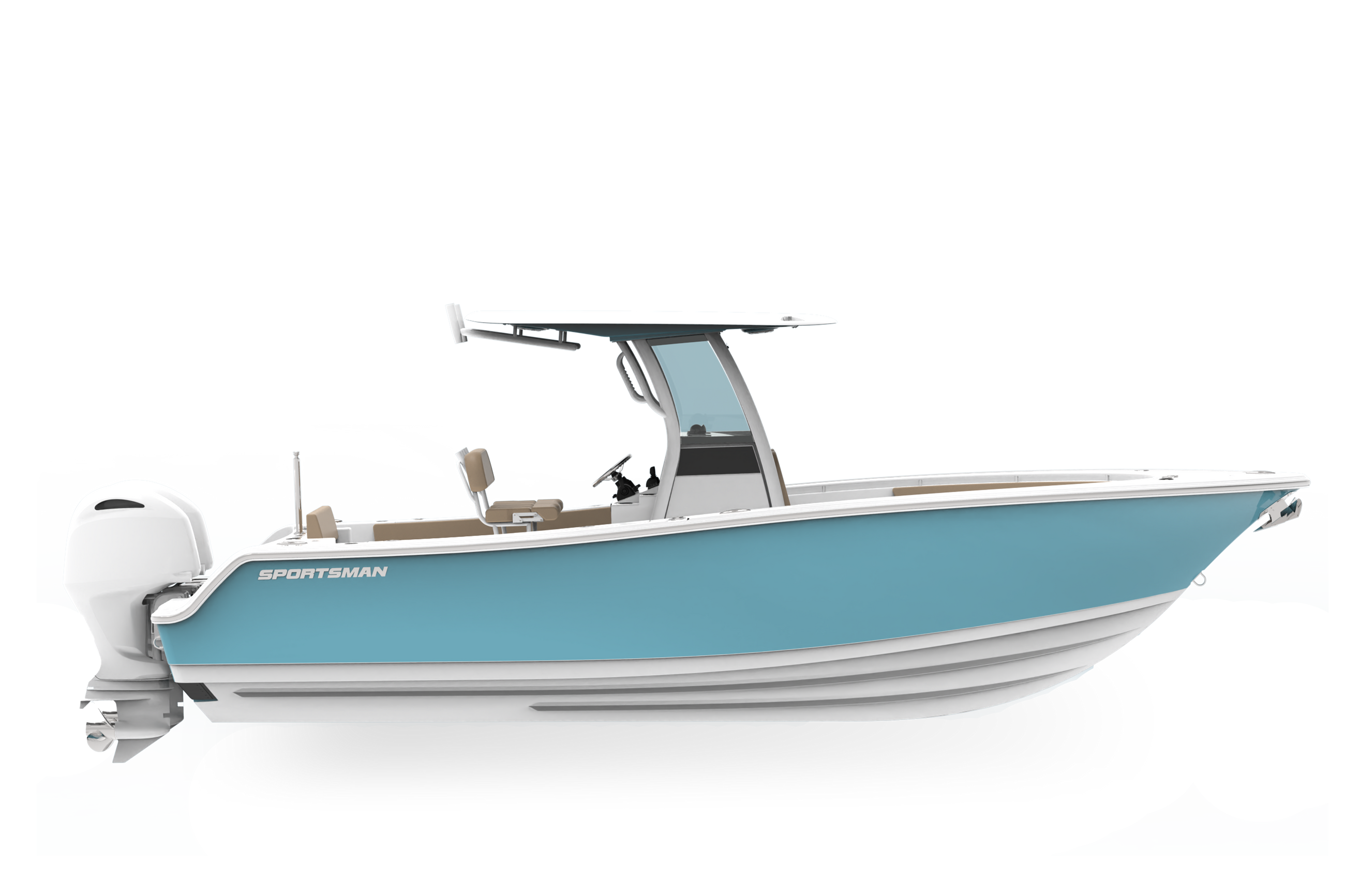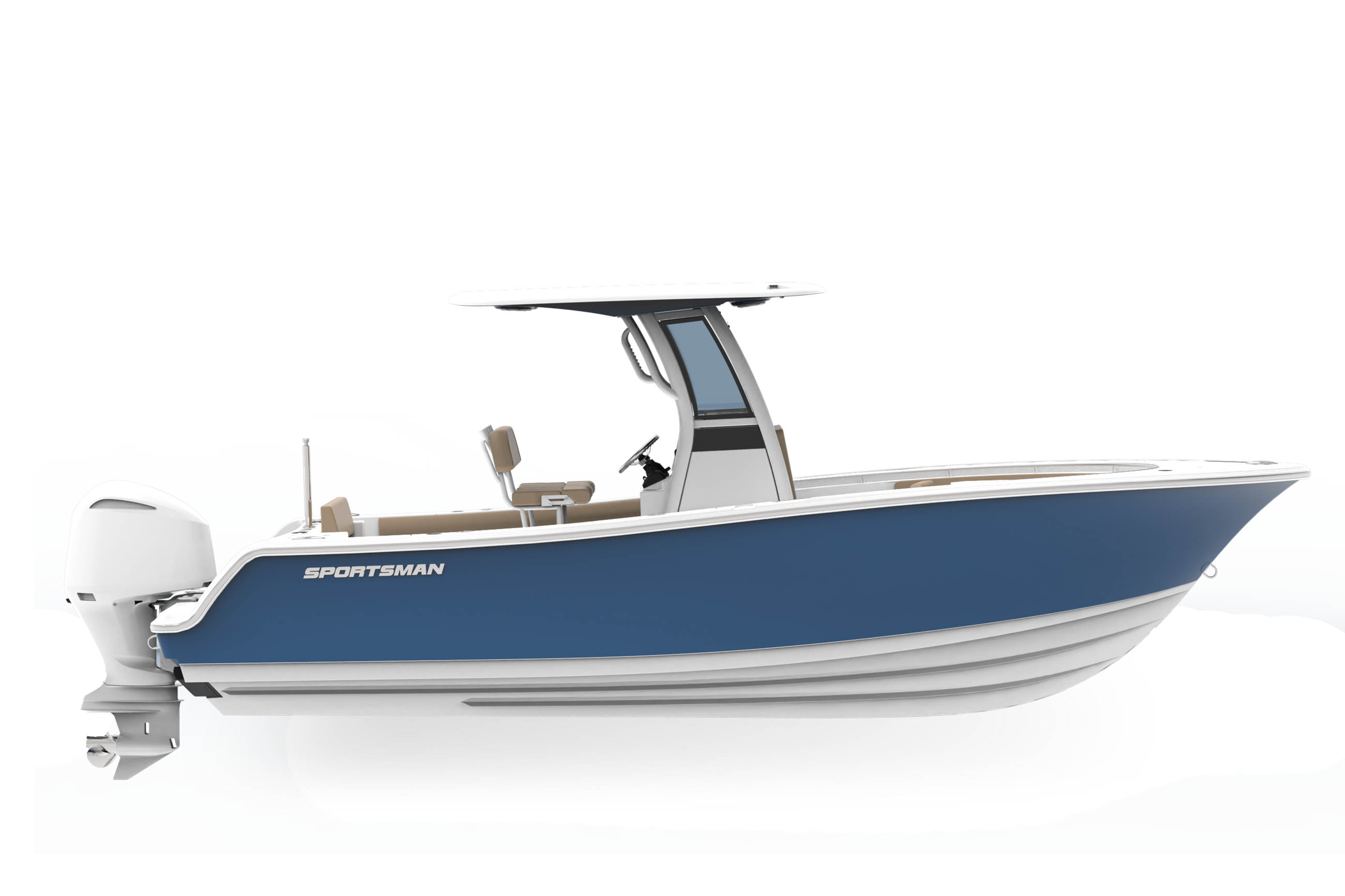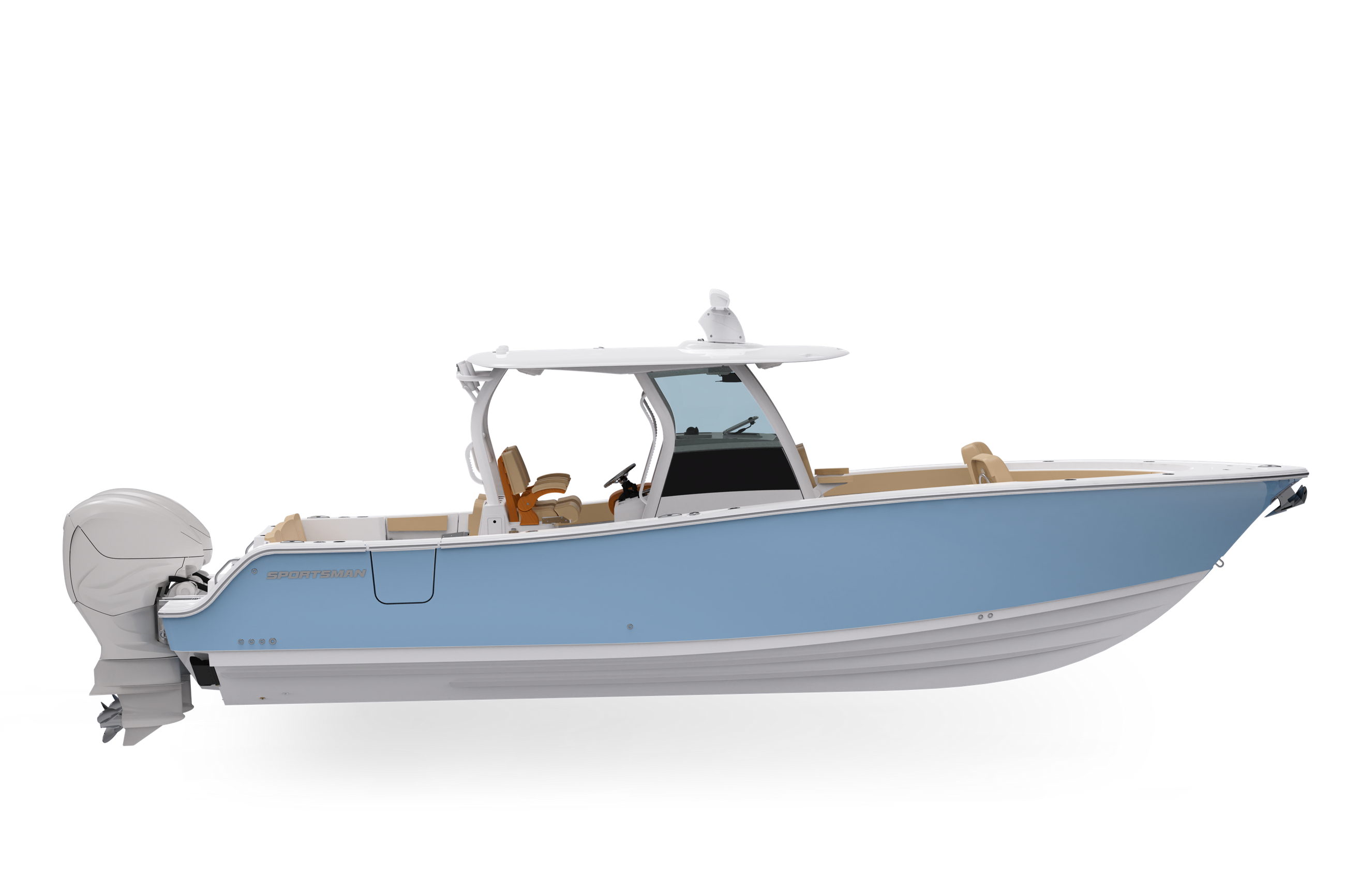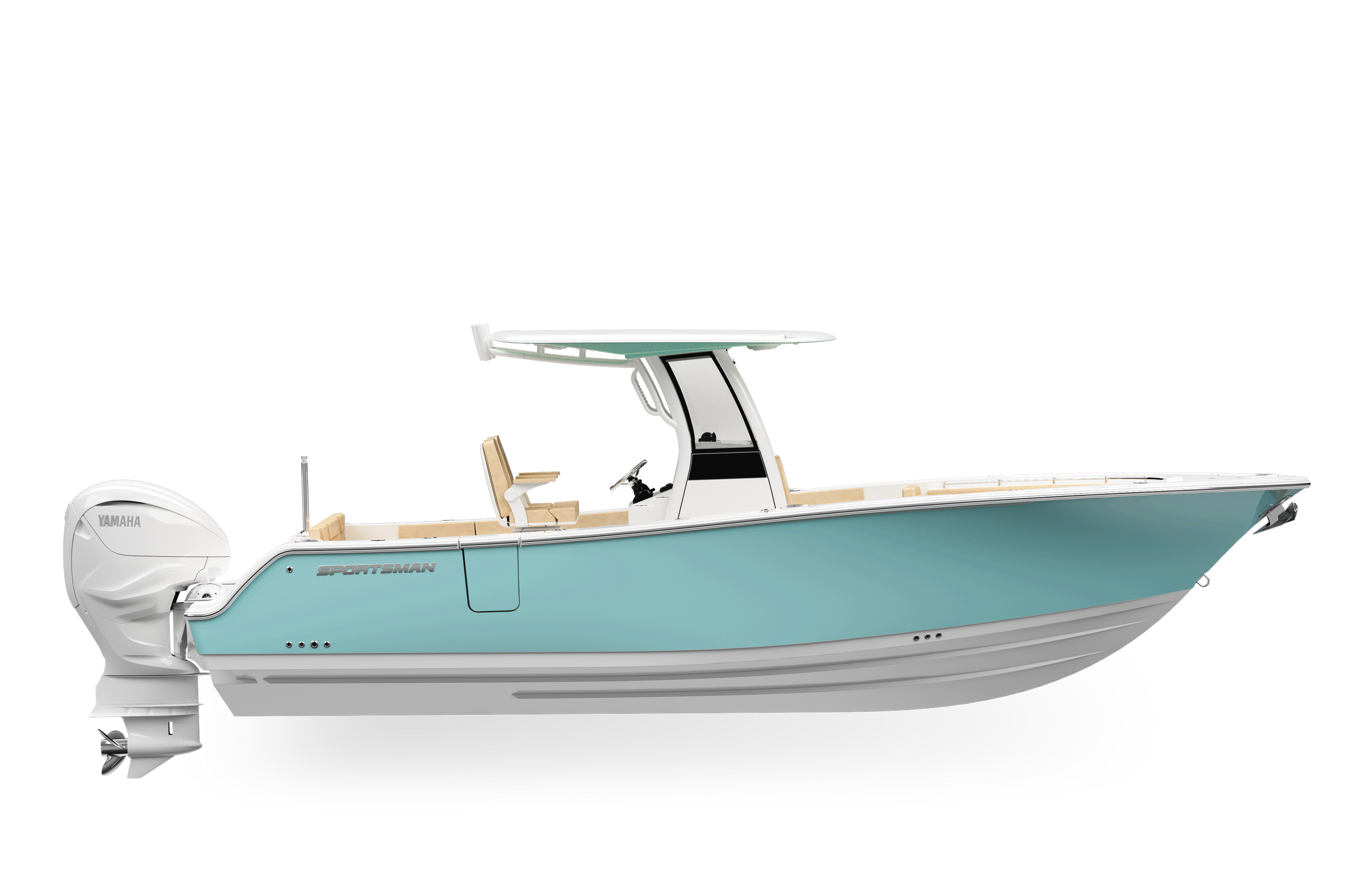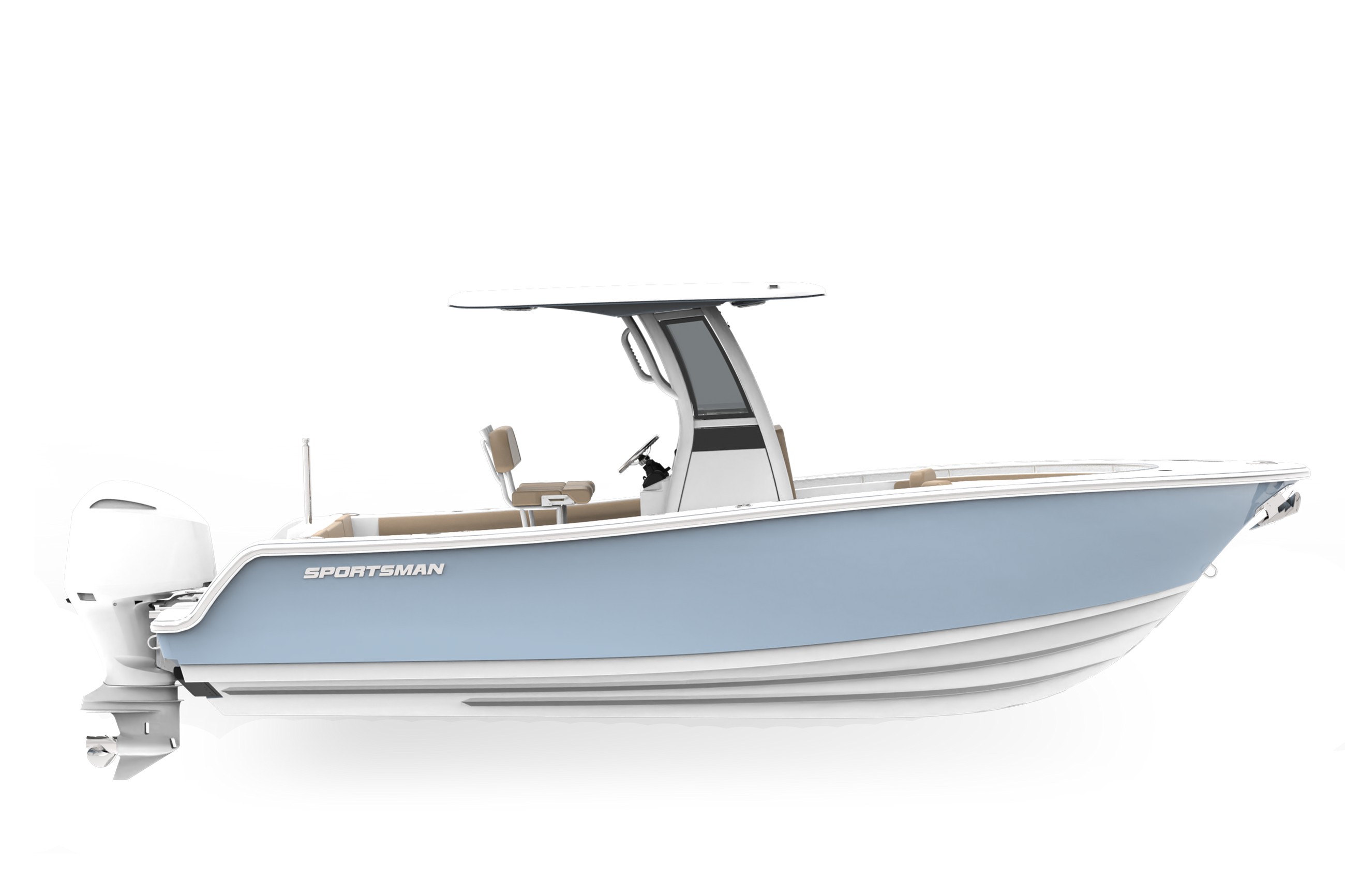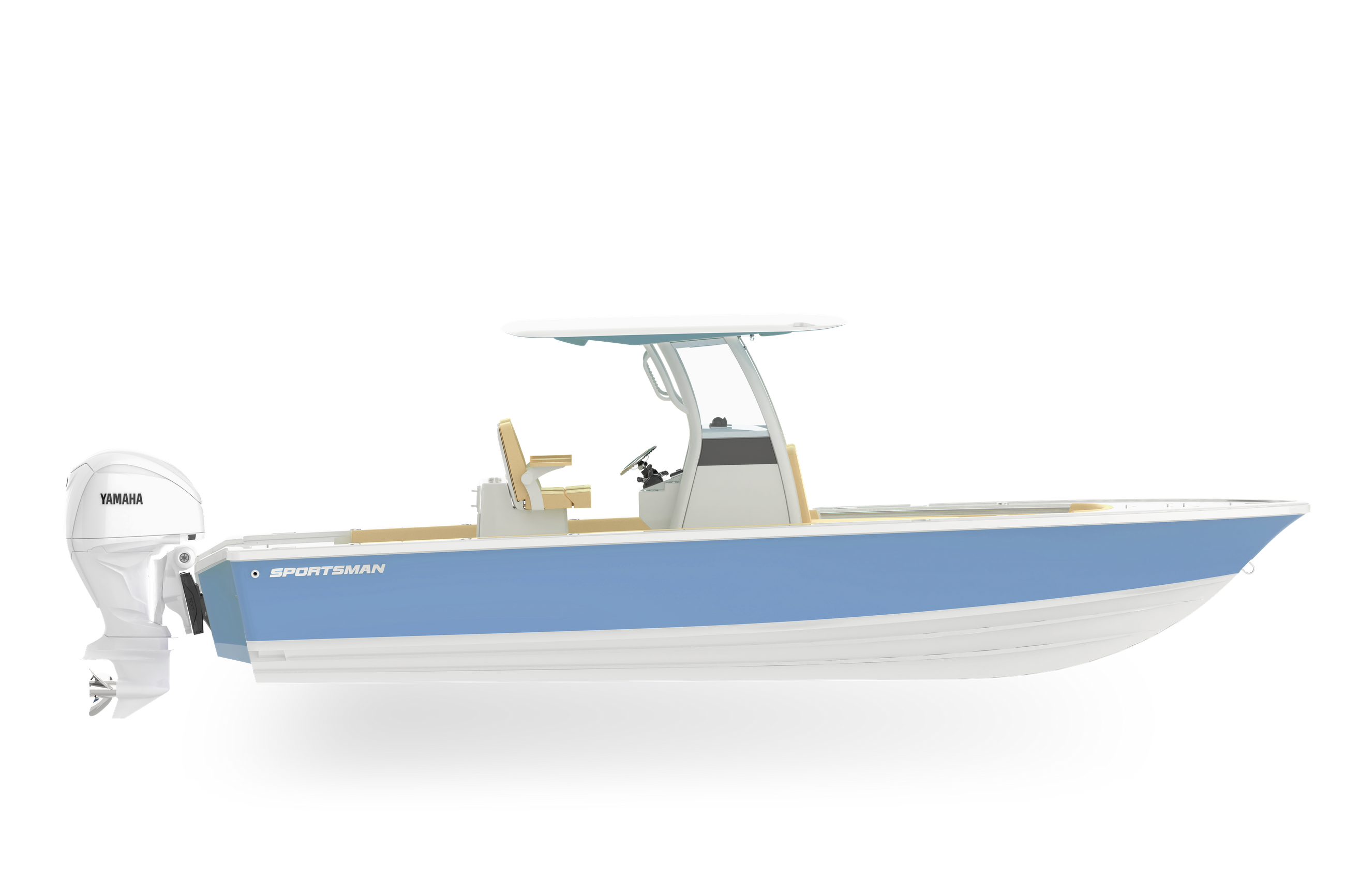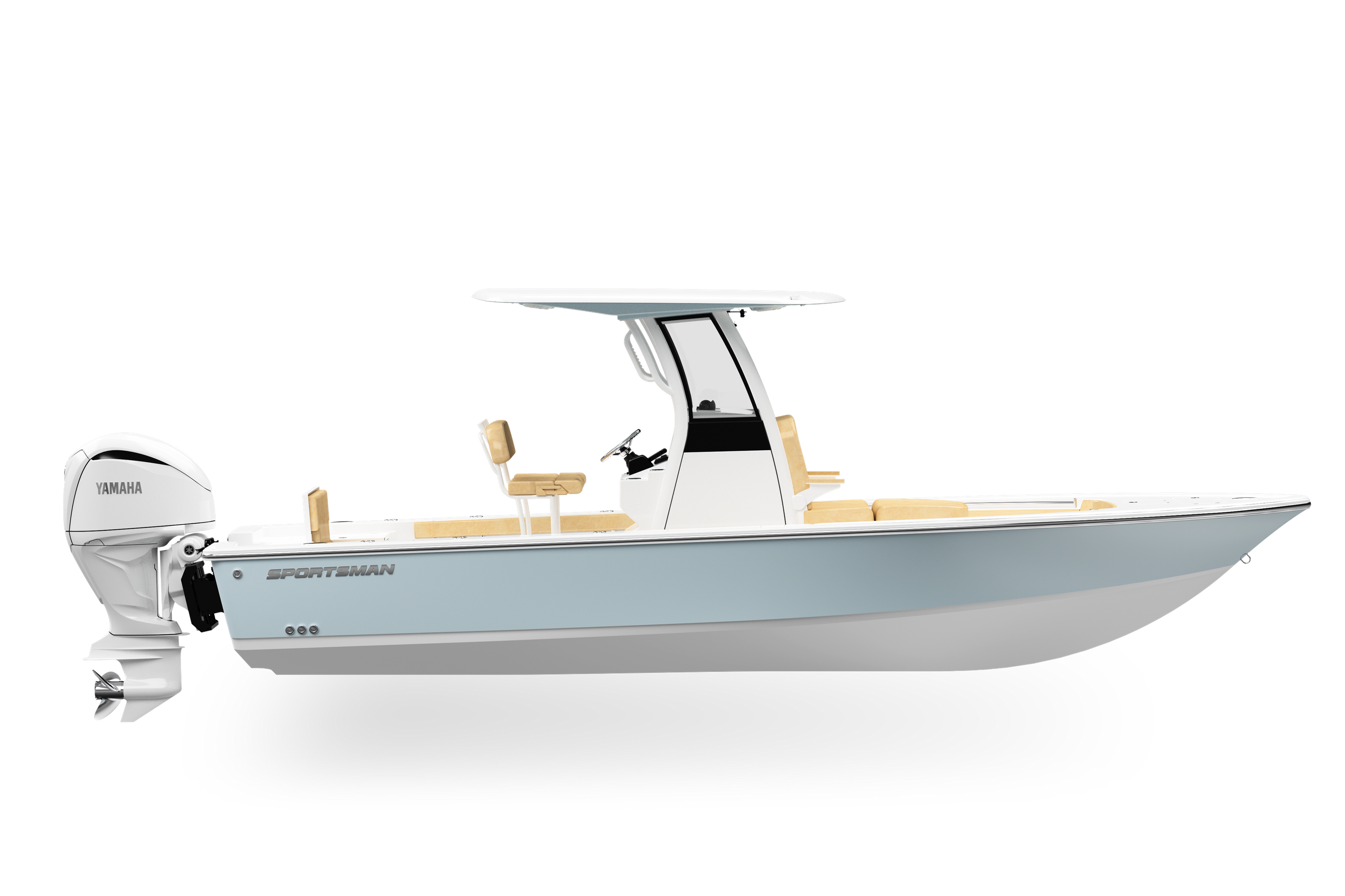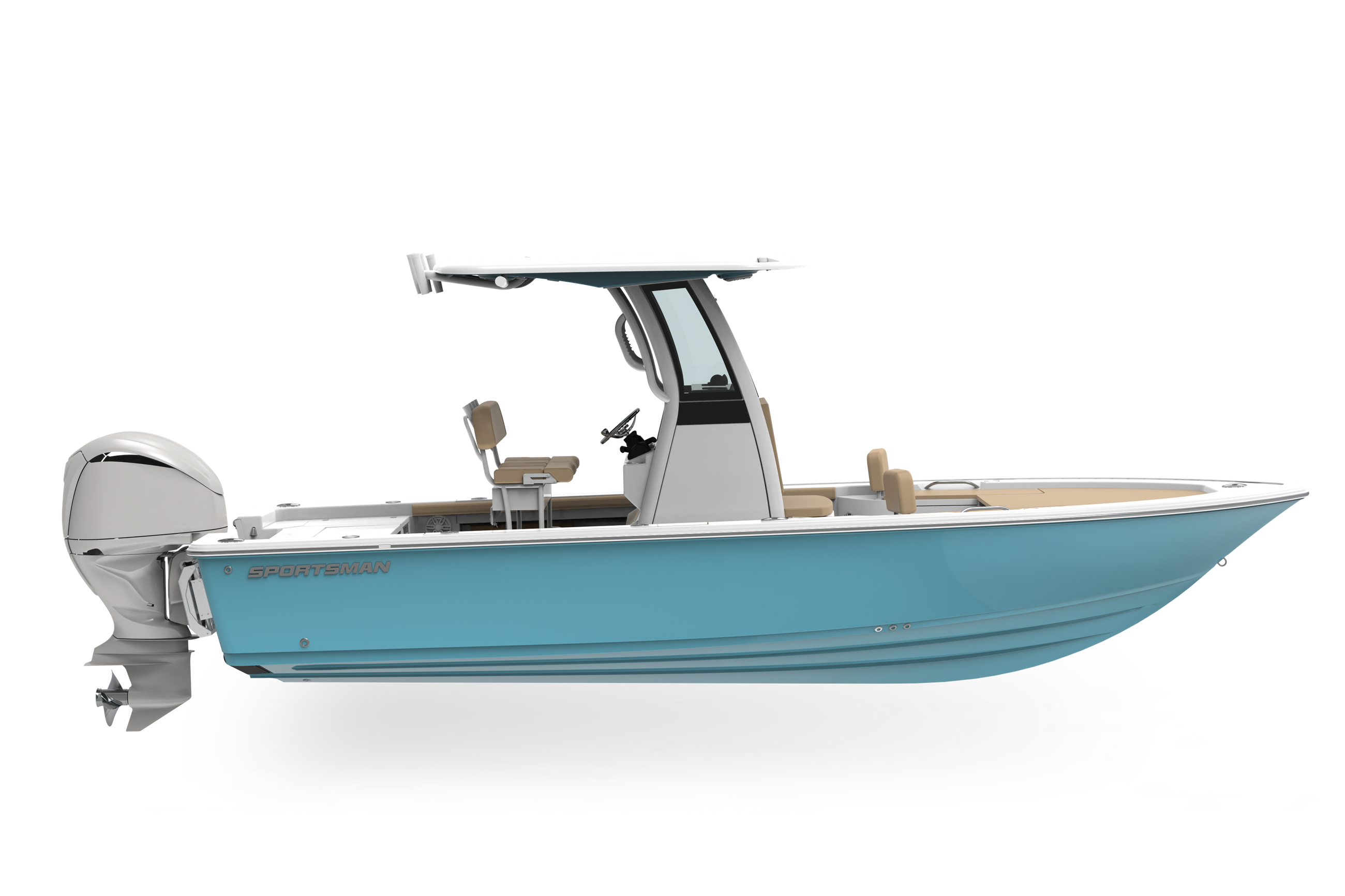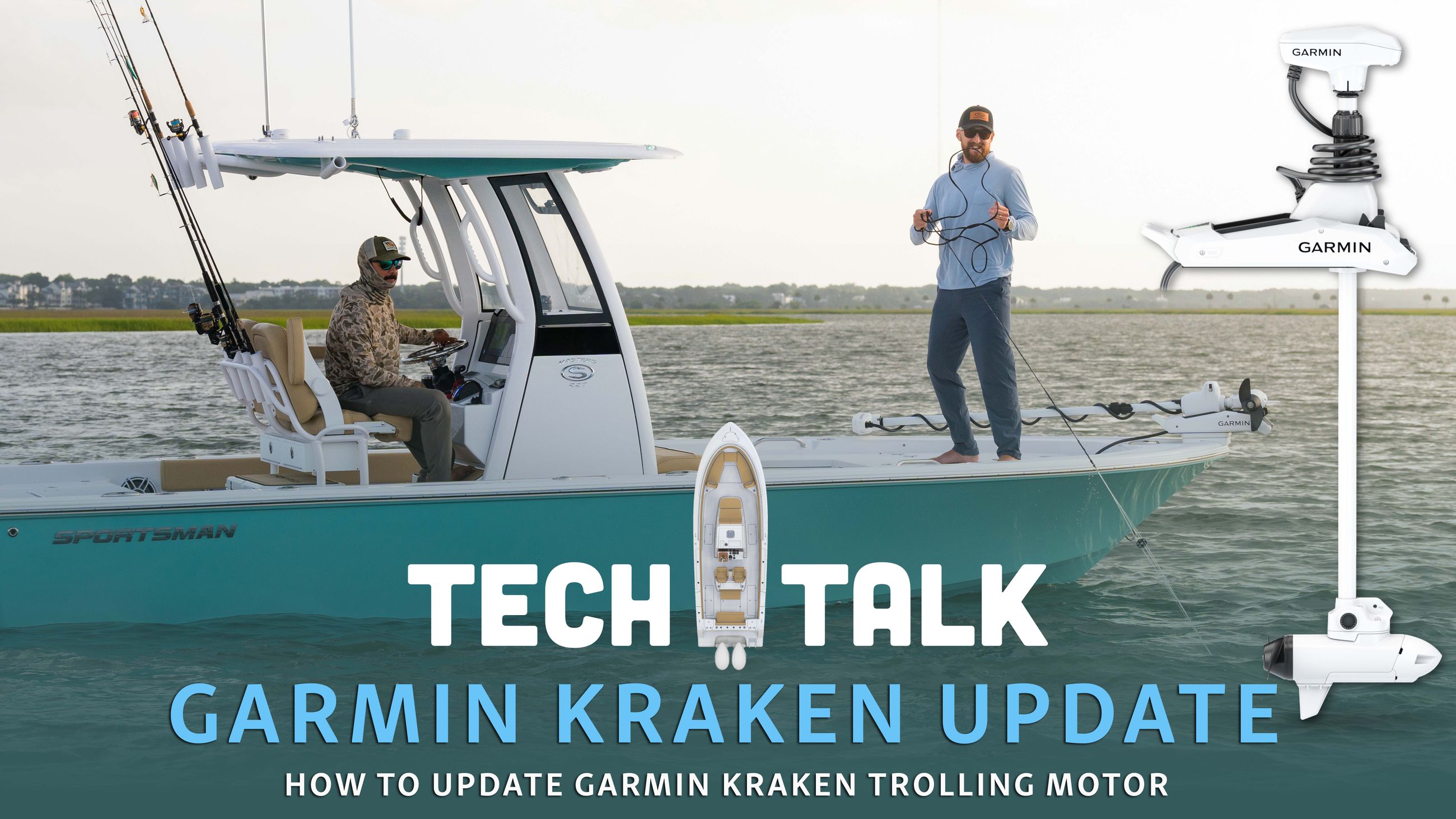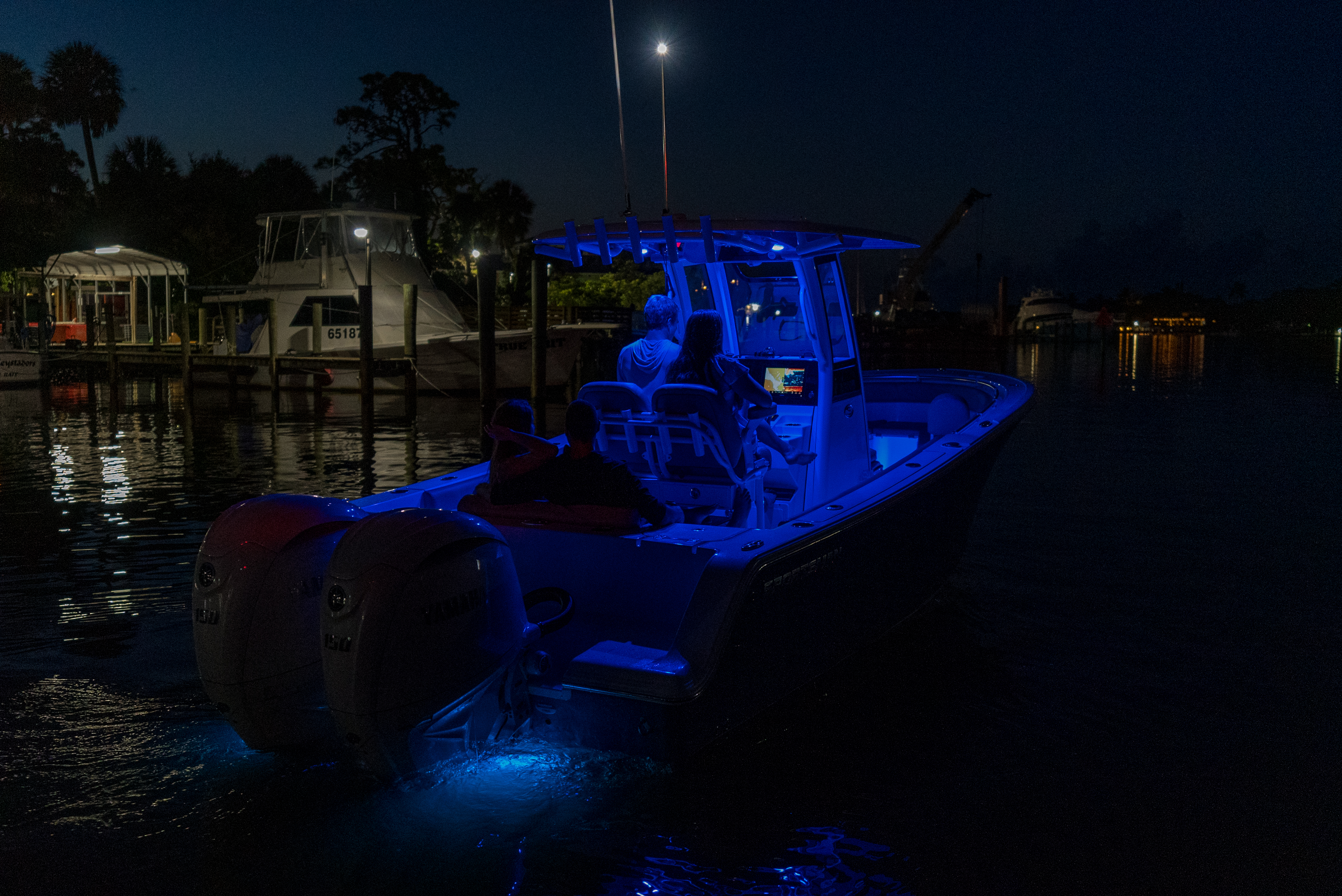Have you seen videos on the internet of near misses on the water? Maybe you're thinking how do I avoid something like that on the water. Here's a quick guide to help you understand who has the right of way while boating.
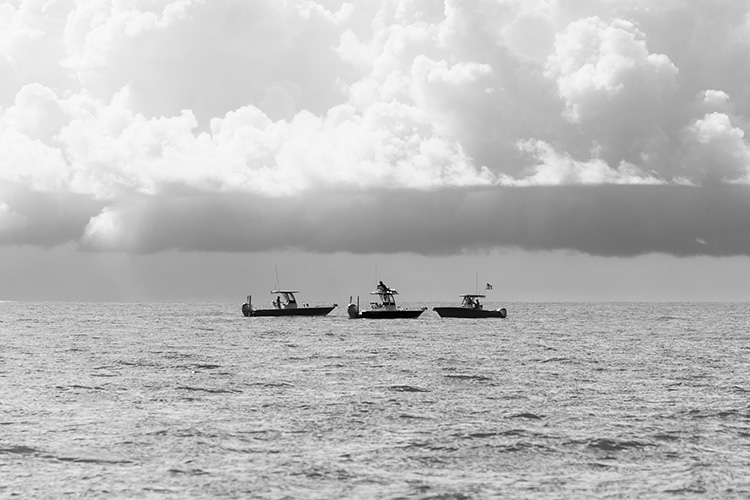
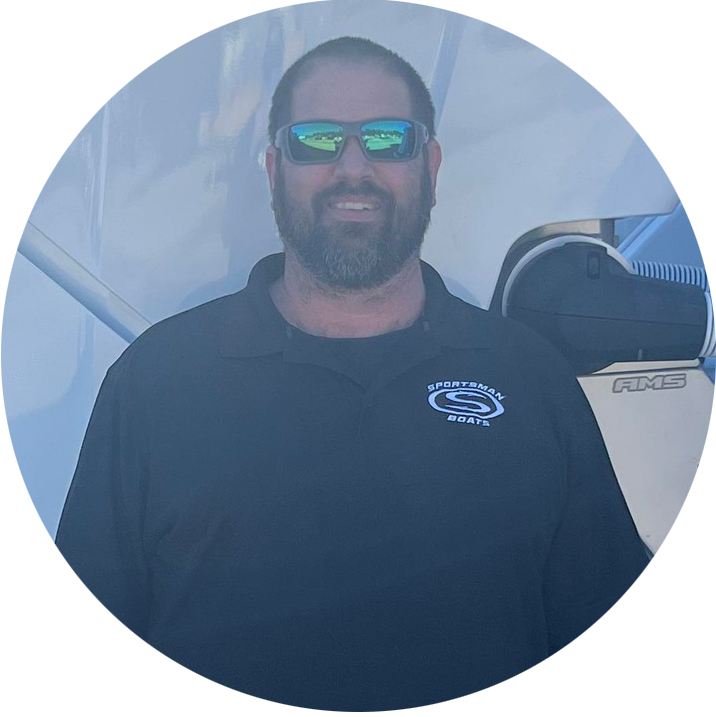
-
•Use the SLOW rule to decide who yields in most situations: Stand-on vessel keeps its course and speed; Leeward yields to Windward on the same tack; Overtaken vessel maintains its course and speed; Working vessels have priority over leisure craft.
-
•Memorize New Reals Catch Fish So Purchase Often to identify vessels that may be required to yield: Not Under Command; Restricted in its Ability To Maneuver; Constrained By Draft; Fishing Vessel; Sailboat; Power Vessel; Sea Planes; Overtaking Vessel.
-
•Keep a proper lookout and communicate when approaching another vessel; overtake only when there is zero risk of collision.
I have been asked this question a lot, when out on the water who has the right of way? Well, there are a few factors that need to be considered but I hope to answer most of these questions in this Blog. When I was in School for my Captains License my instructor told me to remember 2 things to help you remember for your test. The first one is S.L.O.W. and the second one is New Reals Catch Fish So Purchase Some Often. Those give you pecking order on who has right of way.
We will start with S.L.O.W Stand on Vessel- this vessel will maintain course and speed to overtake the Give-way Vessel who’s required to keep clear of Stand-on vessel and make obvious course changes and communicate with the Stand-on Vessel. Remember Starboard boat is the Stand-on and Port boat is the Give-way.
Leeward over Windward- If 2 sailboats are on the same tack the Windward vessel will Give-way to the Leeward vessel.
Overtaken over Overtaking- When approaching another vessel form clear astern the boat that is moving faster will be the Give-way vessel and the boat being overtaken will be the Stand-on vessel and required to maintain course and speed.
Working over Leisure. This is pretty self-explaining. If a vessel is working, IE fishing, towing, pilot, etc.. They will have right of way over a pleasure boat.
So that is an easy way of remembering who has the right of way for most situations. Now I will explain what vessel has right of way over another vessel. This is where New Reals Catch Fish So Purchase Often comes in handy.
N.U.C. – Not Under Command. This is a vessel with major problems that has lost the ability to maneuver in a safe manner.
RAM – Restricted in its Ability To Maneuver. This is a vessel that can maneuver do to the nature of work like dredging or surveying.
CBD- Constrained By Draft. This is a vessel that may need to travel down the center of a channel due to water depth and the draft of the vessel.
Fishing Vessel – this is a commercial fishing boat with nets, lines, or trawls restricting its ability to maneuver. This does not include trolling.
Sailboat – A boat that is being powered by sail. If a sailboat is using its engine in any way for navigation it is then considered a power boat.
Power Vessel. Any vessel that is powered by an engine for propulsion and navigation.
Sea Planes – Not one of the vessels most will encounter but the must give-way to the power boater.
Overtaking Vessel – If you wish to overtake and pass another vessel you must do so when there is zero risk of collision.
I hope this can clear up some of the questions I hear and make everyone a little more knowledgeable on proper boating rules and etiquette. When everyone pays attention to the rules of the road it makes boating more fun and safter. Thanks for reading and enjoy your days on the water.
Captain JJ
Related Posts
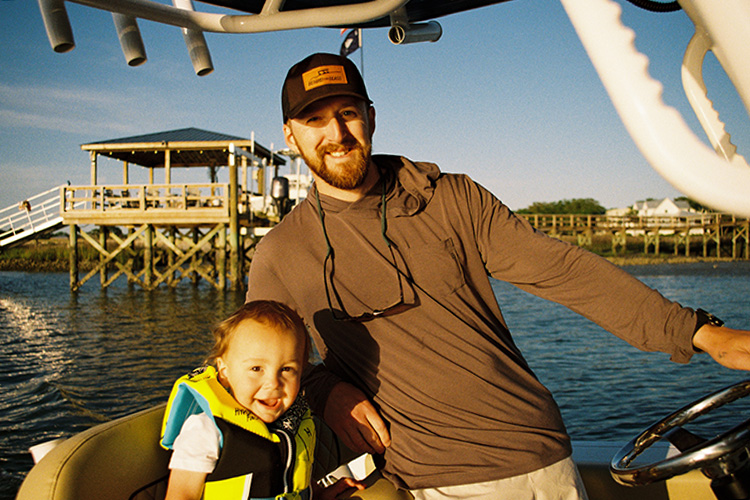
As parents we are always looking for ways to further protect our children, especially while on the boat. Here's a safety tip for boating wit...
Read More